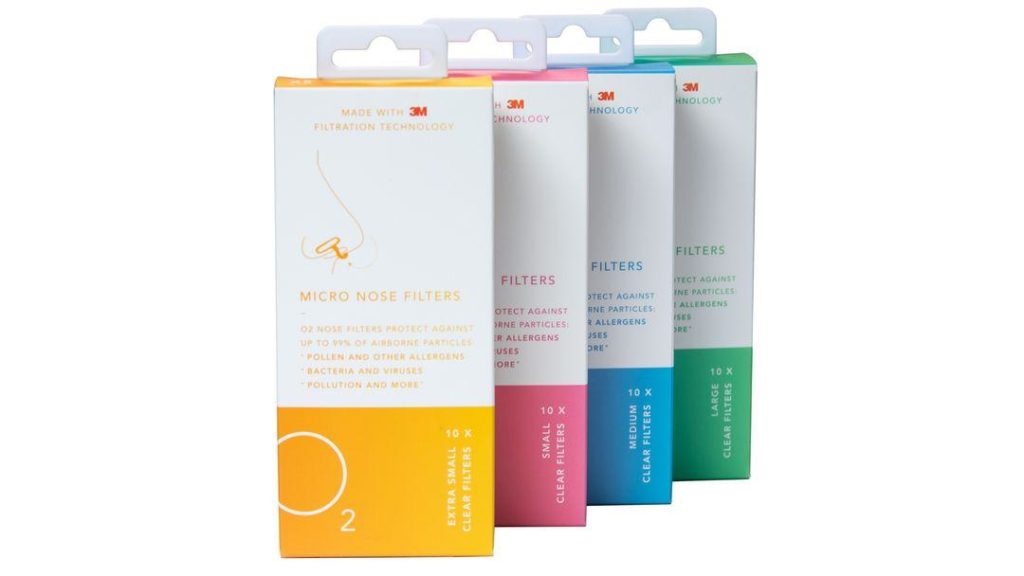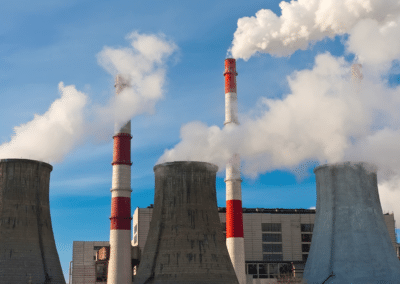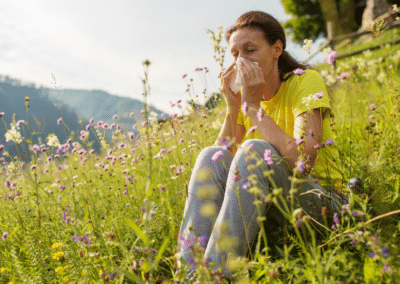Whether you’re a construction worker, an industrial contractor, a factory worker, landscape designer, or even an architect, air quality is relevant to your life as a whole. One of the most important aspects of our physical health is the dependence on the air we breathe. Most of us don’t even consciously think about how we breathe, although workspace air quality is a growing concern as pollutants in the air are on the rise.
Clean air has become one of our most precious resources and, unfortunately, is becoming a rare commodity. Our living and working environments can have a dramatic effect on the quality of each breath we take. From chemicals, to dust, and pollens, we are constantly being exposed to an array of harmful airborne particles. Here we’ll dive into the airborne dangers that may pose a threat your workplace.
Describing Air Pollution
Pollution can be described as the introduction of a substance or energy into a specific environment which causes a harmful effect. The effects of pollution are as varied as the differing types of pollution in our atmosphere. When we consider industrial contamination, we often consider the air quality around us, such as smog in our cities or industrial emissions. Truthfully, the number of different airborne contaminants, compounds, and pollutants is beyond comprehension. Many can be “silent” killers, such as pollens and toxins.
Unfortunately, according to the American Lung Association (ALA), 43.3% of the US population lives in counties with unacceptable levels of air pollutants. Consequently, the ALA has provided advisory information regarding the compounding nature of risk factors such as asthma, COPD, poverty, and diabetes. If you have one of these issues, then air pollution will undoubtedly make it substantially worse.
Any individual can be impacted by their inhalation of toxins or particles. Some people will have a faster reaction to specific particle matter (PM), and some will take longer to express their body’s discomfort with processing pollutants. While some people are hypersensitive to specific types of PM, these particles in sufficient numbers inevitably affect us all.
Fortunately, most respiratory diseases are preventable by improving the quality of the air. Common sources of unhealthy air are tobacco smoke, indoor, and outdoor air pollution, and air containing microbes, toxic particles, fumes or allergens. ”” WHO, 2017
Industries Facing Harmful Airborne Particulate Matter
- Construction Workers: A study conducted in China over a three-day timeframe identified the total suspended particulate (TSP), PM10 and PM2.5 sizes, in dust surrounding construction sites have risen 42.24% since 1998. Subsequently, construction not only has an effect on the site-workers, but also on the surrounding population. This assessment report gave maximum consideration to the effects of PM drifting from construction areas to surrounding residential and business locations. The Institute of Air Quality Management (IAQM) has a similar role detailing the Air Quality Impact Assessments in relation to demolition and construction sites. The IAQM is an international organization with the majority of their information originating in the UK. Their work is applicable to their international members, with considerations made for local legislation or statutory responsibilities, climate, and construction working practices. The IAQM recognizes the need for assessments to ensure the safety of onsite individuals as well as the impact on the individuals in the surrounding areas.
- Cosmetic Industry: Hairdressers and manicurists might not normally be put in the same bracket as construction workers, however, with regard to concerns about respiratory health impact assessments, they are more similar than one might think. Chemical fumes are a very real issue for these individuals and the importance of protective measures, such as effective air ventilation and washing facilities, are essential. While there is a consensus that further investigation is necessary, there is widespread concern regarding the respiratory ingestion of fumes in the workplace which can have a compound effect on fertility as well as on respiration. For more information on this subject, read our article regarding particulate matter in the cosmetic industry.
- Factory Operatives: These workers comprise a wide range of different scenarios depending on the nature of the factory. Rubber, pharmaceutical, cement, chemical, and manufacturing factories all have different roles, and different workplace issues. Although, the one thing they all have in common is the concern with the air employees breathe, and whether it is filled with harmful and/or toxic particulate matter.
- Outdoor Workers: Landscape architects and operatives, photographers, and individuals involved in tourism may also have a vast range of indicators for respiratory illness. These professions may not appear to be as much at-risk as construction workers, although, when we consider an individual’s quality of life, these professions should also be factored into any employee risk assessment.
Health and Safety Precautions
In America, both the employer and employee are supported by the OSHA framework. This regulatory framework has mandatory and legislative powers that provides support services to businesses and their employees. OSHA regulations address the employer’s responsibility to ensure a safe and healthy working environment for employees. Construction workers are entitled to a tax break on personal protective equipment (PPE), such as hard hats, safety boots, and specific types of respirators. It is worth the effort to speak with your local taxation office to assess whether there’s specific respiratory PPE equipment you can write off toward a tax deduction.
The World Health Organization (WHO) cited respiratory diseases as leading causes of death in the world today. Globally, 4 million people die prematurely from chronic respiratory disease. We face a future in which we should all consider protecting ourselves, however, assessing how best to protect ourselves is a more complex subject that doesn’t have a one-size-fits-all solution.
Respiratory health is a necessity for everyone across the globe, taking precautions at work and in your daily life is essential. Taking time to assess and mitigate risks from airborne infections is both a personal and collective responsibility across our society. So, take a deep breath and contemplate the air quality of your environment. Now, ask yourself, would that have been safer through a respirator or O2 Nose Filters?
The Convenience of O2 Nose Filters
While our nasal passageways try their best when it comes to filtering harmful airborne particles, they aren’t perfect. That’s why O2 Nose Filters are such an effective solution when it comes to improving our mental and physical health. Nose filters are a discreet, effective option to protect against airborne particulate matter. The O2 Nose Filter uses 3M’s patented AEM™ electrostatic technology to capture allergens, viruses, and other particulates, making them a valuable tool for anyone who wants to drastically limit the pollutants and pollens they breathe in daily.

BLOCK IT OR BREATHE IT
Click here for a FREE (+S&H) sample pack to see which size works best for you!



